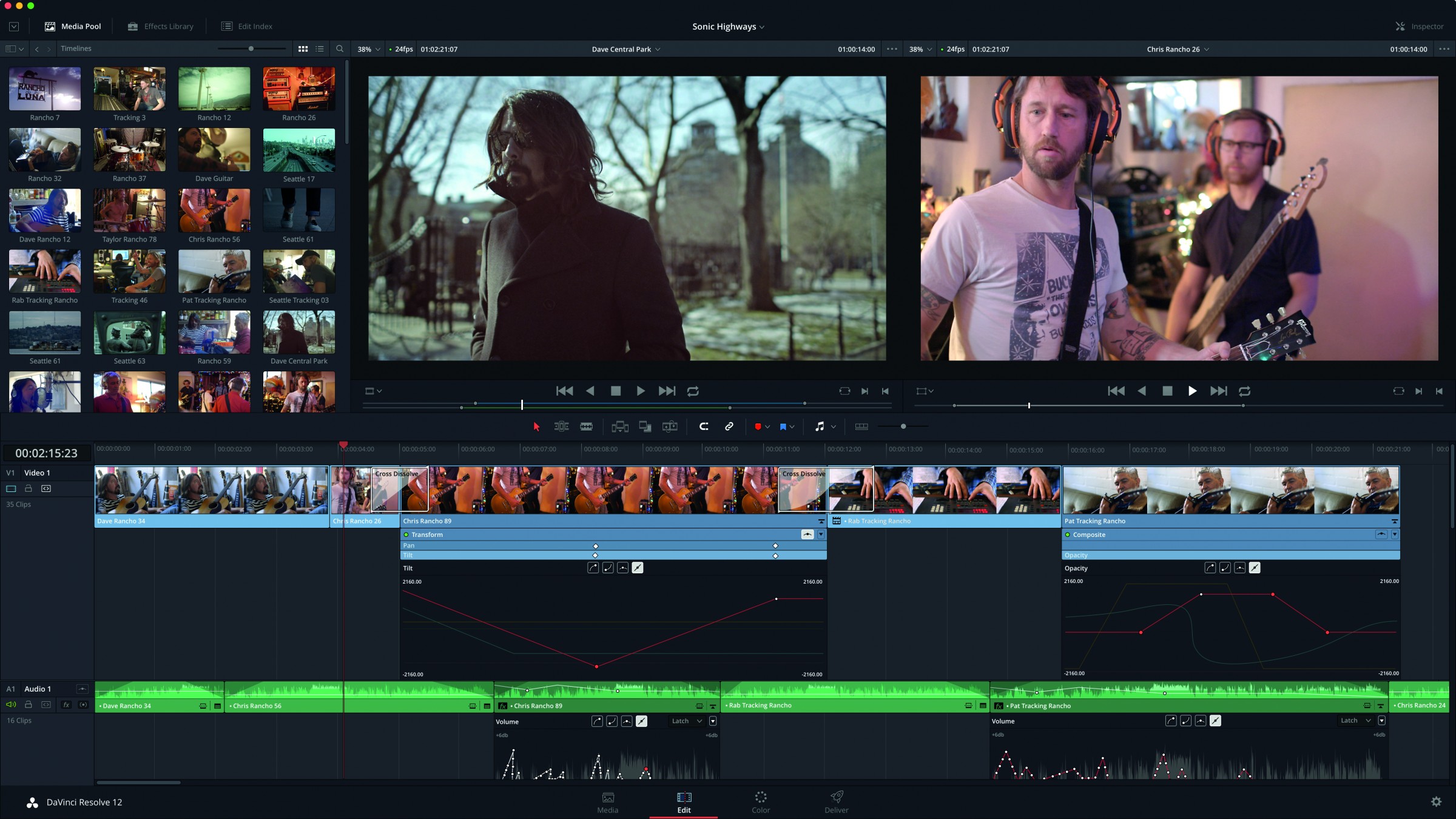

Same results with the graded version of the clip. And… it works! The M1 chip seems to be able to smoothly handle the footage without issue. The first test is to simply play the 4K raw footage. There is no way the system is using any tricks to play back the footage. This includes timeline proxy mode and render cache. Making sure that proxies and optimized media is turned off we should see how it handles the raw footage. Each is then put down twice, the first being the plain clip with no effects and the second version using one node with color adjustments.

He downloaded some REDCODE RAW files and put them in a timeline. Now, Jordan prefaces the video by saying he is going through all these tests while recording, so even he doesn’t know what exactly is going to happen as he goes through. While this is very, very similar to the other Macs the fact that the Mac mini has a fan and better cooling setup will allow Apple to squeeze a bit more performance out of the M1 chip. Using a Mac mini equipped with the M1 with an 8-core CPU and 8-core GPU, 8GB unified memory, and 256GB SSD.

He went for one of the hardest tests available to filmmakers today: 8K REDCODE RAW video editing. So, are they as good as Apple says?Īlex Jordan of Learn Color Grading was able to try a real-world test using DaVinci Resolve 17.1, which does support the M1 processors. The other part of the presentation was heavy on big promises on performance per watt with charts that, unfortunately, lacked any practical comparisons or data for us to dive into. We now have a MacBook Air, 13” MacBook Pro, and a Mac mini to choose from – all of which have practically the same M1 chip. Apple gave us a lot to unpack when they finally released a series of Macs using their custom-designed M1 processors.


 0 kommentar(er)
0 kommentar(er)
